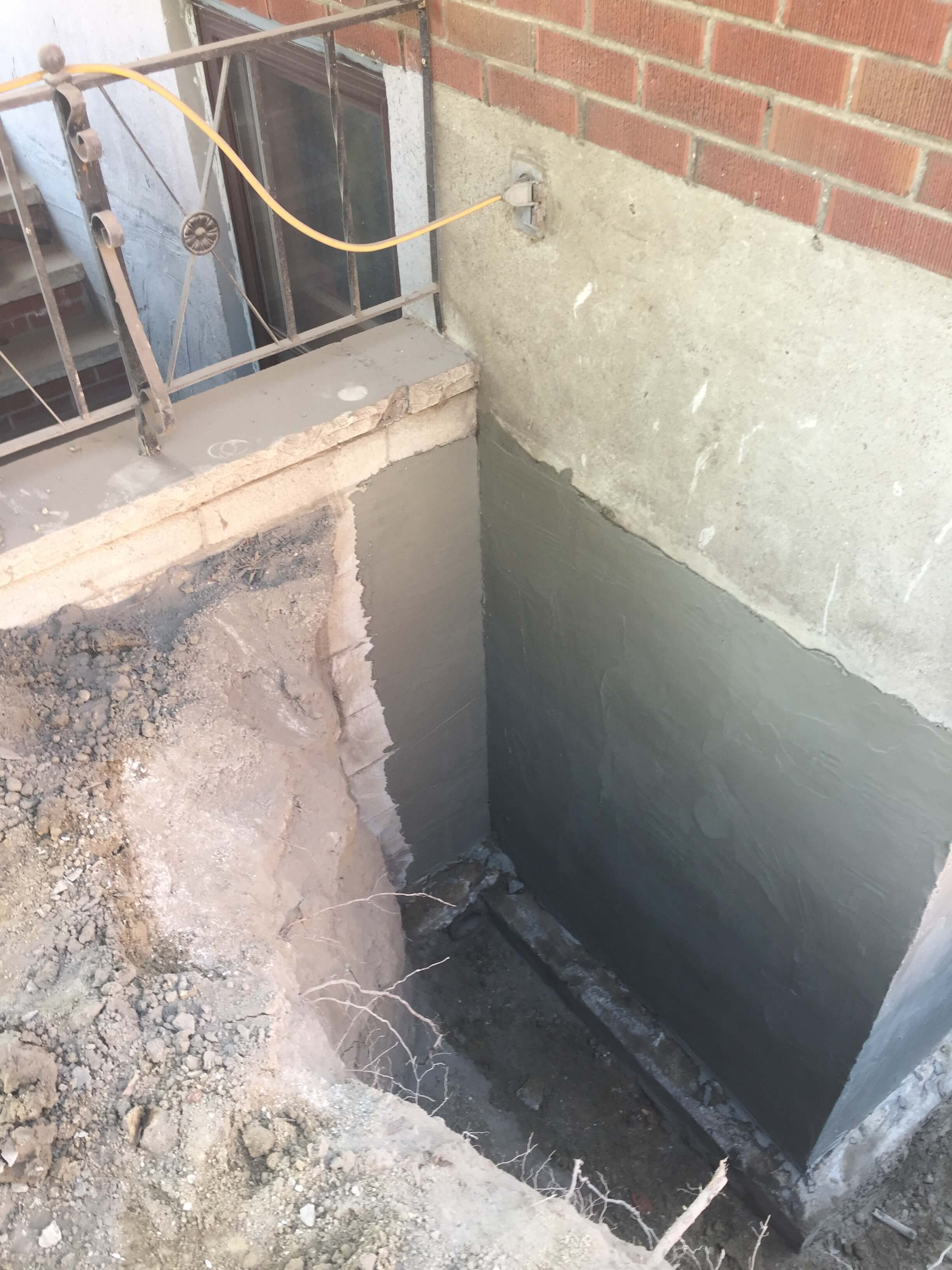Waterproofing is a critical aspect of ensuring the integrity of every home or building. Despite its importance, many misconceptions surround this necessary practice, causing misunderstandings about its necessity and effectiveness. As a homeowner or property manager, it's crucial to separate fact from myth to ensure that your investment is protected from water damage. Ignoring waterproofing can cause significant financial losses and compromise the safety and comfort of your living or working space.
In this article, we will bust common waterproofing myths and provide you with the knowledge you need to make informed decisions for your property. From understanding why waterproofing is essential to exploring the various techniques available, we will discuss everything you should know to keep your home safe and dry. Get ready to discover how proper waterproofing can protect you a lot in repairs and prolong the lifespan of your property.
The Importance of Waterproofing

The waterproofing process is a key aspect of preserving the integrity and longevity of all home or building. It safeguards properties from water damage, which can lead to costly repairs and a decline in property value. By adopting efficient waterproofing strategies, homeowners and builders can prevent water penetration that often causes mold growth, wood deterioration, and foundation issues. This preventive approach not only protects the building structure but also contributes to a healthier home atmosphere.
Neglecting waterproofing can cause substantial monetary losses. Water damage is one of the leading causes of insurance claims, and the expenses associated with remediation can quickly add up. From repairing leaks to replacing destroyed floors and walls, the expenses can be staggering. Putting resources in effective waterproofing measures ahead of time is a prudent choice to preserve thousands in potential repairs, ultimately preserving the value of the investment in your property.
Additionally, waterproofing is crucial for energy efficiency in structures. When moisture enters the structure, it can lead to higher moistness and temperature fluctuations, causing HVAC systems to work harder. Correctly waterproofed spaces maintain uniform climatic conditions, which can diminish energy bills and improve living comfort. This aspect of waterproofing also enhances the building's functionality but also advocates for sustainable practices by cutting down power consumption.
Frequent Waterproofing Myths
One common misconception about waterproofing is that it is merely necessary for houses in flood-risk areas. Many homeowners believe that if their home is not a marked flood zone, they can forgo waterproofing measures. However, water intrusion can occur in any location due to severe rains, pipe issues, or changes in the environment. Ignoring waterproofing raises the risk of fungus, building damage, and expensive repairs, making it necessary for each home and building, regardless of its setting.
Another fallacy is that the waterproofing process is a single fix. Many people think that once they have applied waterproofing materials, their property will be safe from water damage for good. This is far from the fact, as waterproofing systems can break down over time due to age, exposure to severe conditions, and other environmental factors. Regular inspections and maintenance are necessary to ensure the effectiveness of waterproofing measures and to resolve any possible issues before they become serious.
Lastly, there’s a notion that DIY waterproofing is just as good as hiring a contractor. While there are many products available for homeowners to handle waterproofing on their own initiative, the fact is that getting the best results often requires in-depth knowledge and experience. https://sunoboe3.werite.net/waterproofing-tanks-and-swimming-pools-recommended-techniques are equipped with specialized techniques and materials that can provide a greater level of protection and longevity, ultimately saving residents time, effort, and money in the future.
Functional Waterproofing Solutions Methods
In terms of effective waterproofing, a combination of methods tailored to your property’s specific needs is important. Interior waterproofing methods, including putting in drainage systems and applying sealants on foundation walls, can successfully handle moisture that seeps in from the exterior. This is notably important for basements, where higher humidity can cause mold and structural damage. Employing sump pumps can also assist to channel water away from foundations in areas susceptible to flooding.
Outdoor waterproofing, on the other hand, aims at preventing water from getting into your building at all. This could involve grading your landscape to provide proper drainage, applying waterproof membranes on foundational walls, and guaranteeing that gutters and downspouts are properly directing rainwater away from your home. https://lauesen-buckley.hubstack.net/top-waterproofing-methods-for-property-owners are imperative in protecting your property from water damage and maintaining its structural integrity.
For outdoor spaces, consider waterproofing your deck or patio with high-quality coatings that can resist moisture. Choosing waterproofing solutions for balconies, terraces, and even swimming pools assists to prevent costly repairs in the future. Selecting the right products for these areas, alongside proper installation, enhances their lifespan and functionality, ensuring that your investments remain protected from the elements.
